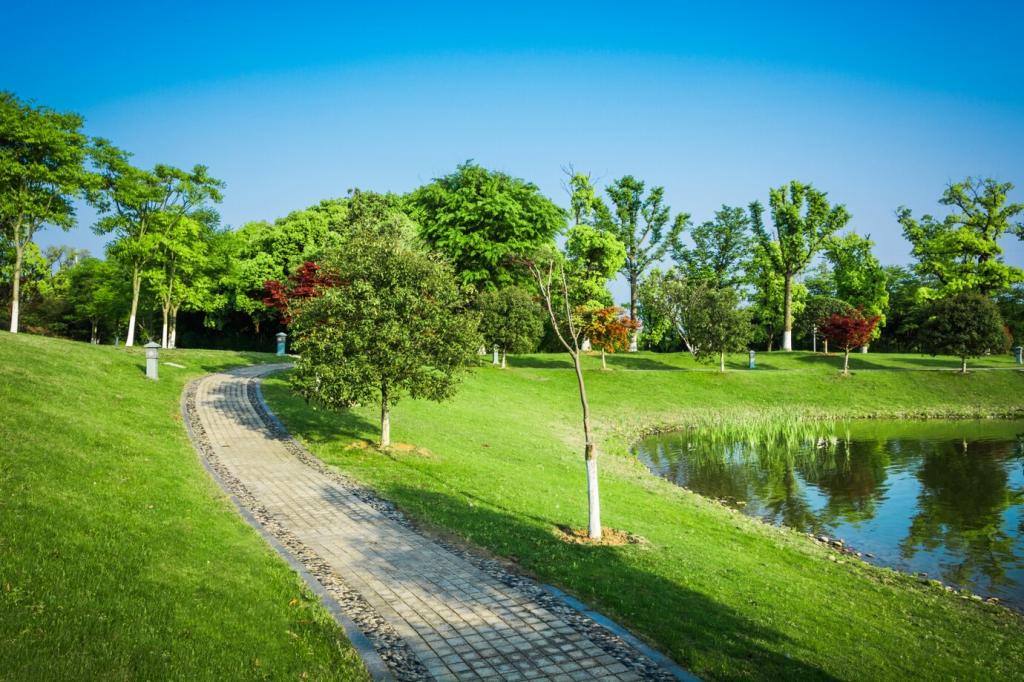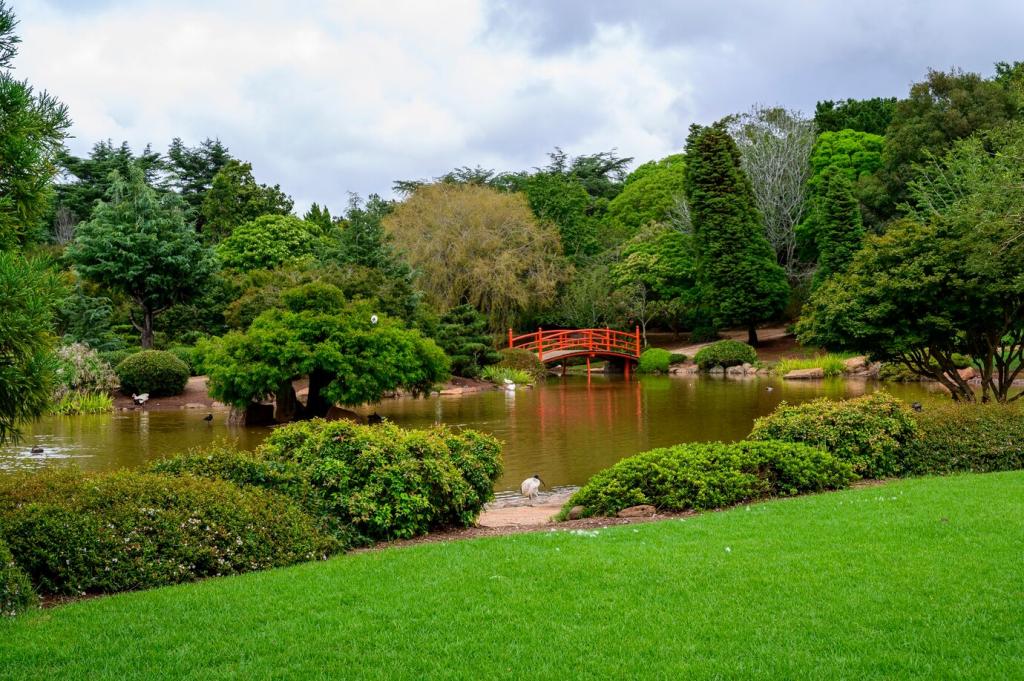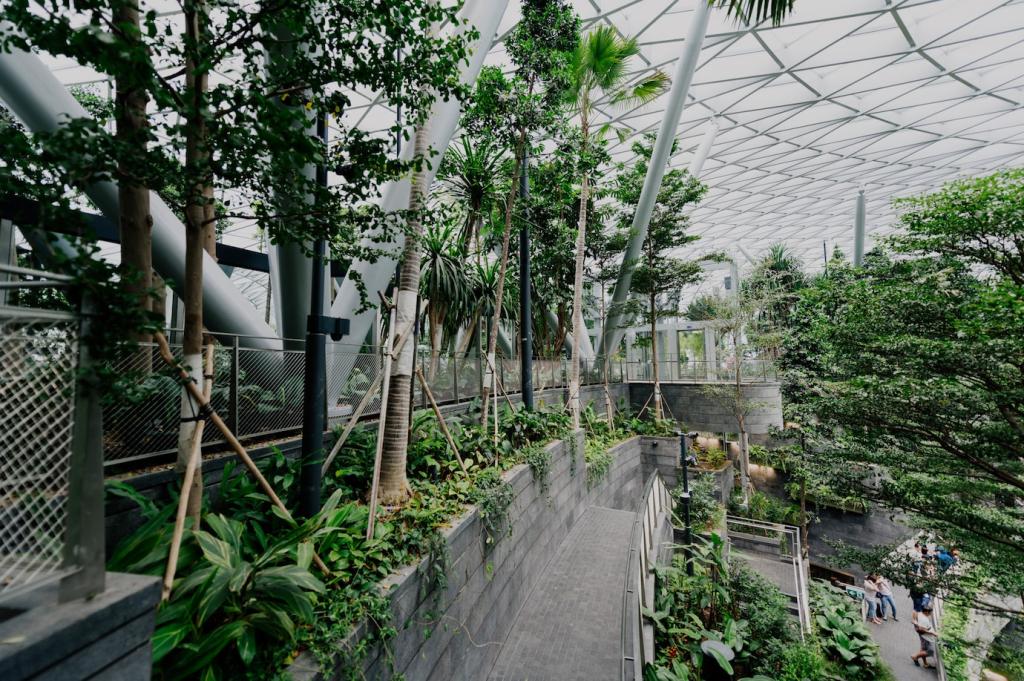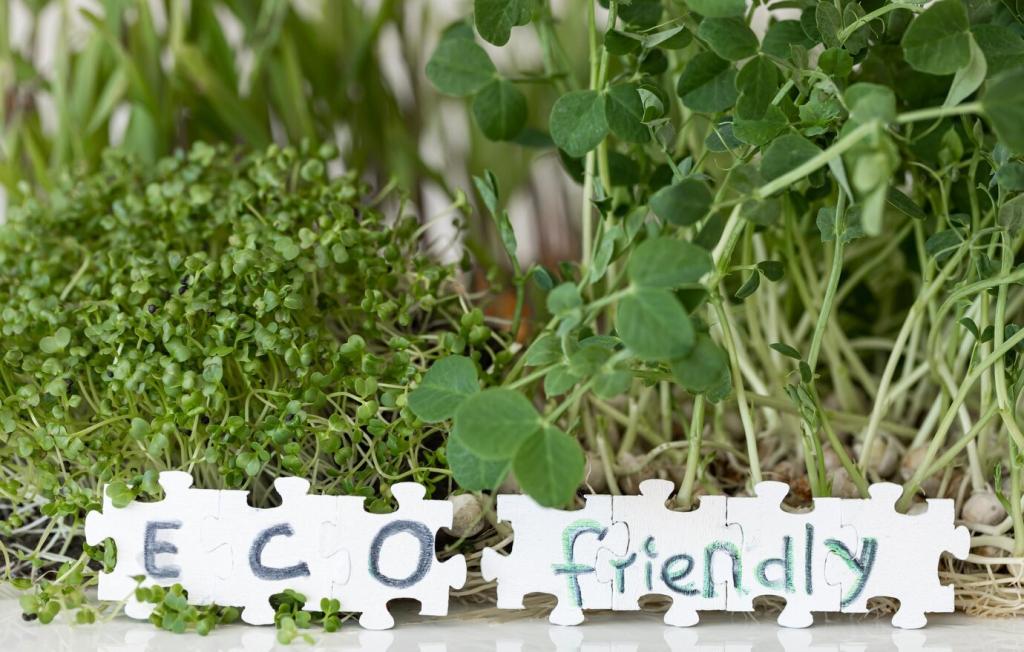
Sustainable Water Management in Landscaping
Sustainable water management in landscaping is an essential practice for preserving our environment, conserving resources, and maintaining beautiful outdoor spaces. By integrating thoughtful strategies and innovative technologies, it is possible to create landscapes that use water efficiently, support local ecosystems, and withstand the challenges of drought and climate change. This approach not only benefits homeowners and property managers by reducing water bills but also contributes positively to the health of communities and the planet.
Understanding Sustainable Water Management
Principles of Efficient Water Use
The core principle of efficient water use in landscaping emphasizes minimizing waste and optimizing every drop. This means selecting the right types and quantities of plants based on local environmental conditions, improving soil health to retain moisture, and employing advanced irrigation technologies that distribute water precisely where it’s needed. By planning with efficiency in mind, it’s possible to create landscapes that thrive with less water and maintenance. This not only preserves water supplies but also reduces costs over time and creates outdoor spaces that are both beautiful and practical.
The Role of Ecosystems in Water Management
Healthy ecosystems play a significant role in managing water efficiently. Landscapes designed with native plants and supportive habitats encourage natural water cycles, promote groundwater recharge, and reduce runoff, which can cause soil erosion and water pollution. By prioritizing ecological balance and diversity, landscapes become more resilient to changing weather patterns and are equipped to handle both drought and heavy rainfall. This approach fosters sustainable environments that are deeply connected to their natural surroundings.
Importance for Urban and Suburban Areas
Urban and suburban areas face unique challenges concerning water management, typically due to increased impervious surfaces and higher population densities. Sustainable landscaping provides solutions to these challenges by incorporating green spaces that absorb, filter, and reuse water. This not only improves urban aesthetics but also mitigates the risk of flooding and helps to sustain local water supplies. By integrating sustainable water management into these settings, communities can achieve greater long-term water security and environmental health.
Smart Irrigation Solutions
Weather-Based Irrigation Controllers
Weather-based irrigation controllers utilize real-time weather data to adjust watering schedules automatically. These smart systems monitor rainfall, temperature, humidity, and even wind speed, making adjustments when natural conditions have already provided sufficient moisture. This reduces unnecessary water application and prevents both drought stress and waterlogging. As a result, resources are conserved, operational costs are lowered, and the landscape remains healthy throughout seasonal changes. Embracing weather-based controllers is an easy step toward a smarter, more sustainable landscape.

Selecting Water-Wise Plants
Native plants are naturally adapted to local climate, soil, and water conditions, making them exceptionally efficient choices for sustainable landscapes. Their inherent connections to native wildlife and ecosystems help support pollinators, birds, and beneficial insects, enriching overall biodiversity. Because native plants typically require less irrigation and are more resistant to pests and diseases, they reduce the need for chemical inputs and maintenance. Incorporating native species strengthens environmental stewardship and promotes long-term landscape resilience.

Improving Soil for Water Retention
Incorporating organic matter such as compost and mulch into the soil improves its structure and capacity to hold water. Organic amendments increase porosity and foster beneficial microorganisms, which in turn enhance nutrient availability and root health. This results in reduced runoff and more effective water infiltration, keeping moisture available to plants longer. Regularly enriching soil with organic matter is a foundational practice for landscapes that seek optimal water efficiency and sustainability.

Rainwater Harvesting and Reuse
01
Designing Rain Collection Systems
Designing effective rain collection systems involves the use of gutters, downspouts, and storage tanks to capture and channel rainwater from rooftops and other surfaces. Proper sizing and placement ensure that maximum runoff is retrieved and stored for irrigation needs. These systems can range from simple barrels to advanced underground cisterns, fitting a variety of landscapes and budgets. Well-designed rainwater harvesting not only conserves resources but also provides a sustainable water source year-round.
02
Integrating Rain Gardens
Rain gardens are specially designed landscape features that collect and absorb rainwater runoff from roofs, driveways, and streets. By directing water into shallow, planted depressions, rain gardens promote infiltration and filter pollutants before they reach waterways. Planted with native, moisture-tolerant species, these gardens support biodiversity while managing stormwater naturally. Integrating rain gardens into landscapes is both environmentally responsible and aesthetically pleasing, turning rainfall into a resource rather than a challenge.
03
Reusing Greywater
Greywater reuse involves diverting gently used water from showers, sinks, and laundry for landscape irrigation. When designed thoughtfully and installed according to safety guidelines, greywater systems can significantly reduce potable water use. Special care is taken to ensure that only appropriate soaps and detergents are used, and the water is distributed safely to avoid contact with edible crops. Greywater reuse presents an innovative solution for sustainably irrigating gardens, reducing strain on municipal water supplies and lowering water bills.

Permeable Paving Solutions
Permeable paving systems allow rainwater to pass through surfaces instead of running off, promoting groundwater recharge and reducing the load on storm drains. These surfaces use materials such as porous concrete, pavers, or gravel, which enable water to filter directly into the soil below. By replacing impervious surfaces with permeable options, landscapes can mitigate flooding, minimize erosion, and conserve water. Permeable paving is an effective urban strategy for blending hardscapes with sustainable water management.
Bioswales and Buffer Zones
Bioswales and vegetated buffer zones are landscape features designed to slow and filter stormwater as it moves across the land. Shallow channels planted with grasses, shrubs, or trees capture runoff, reducing flow velocity and allowing sediments and pollutants to settle. Buffer zones along waterways further prevent contamination, protect habitats, and stabilize banks from erosion. Integrating these features demonstrates a commitment to sustainable water management by enhancing both landscape function and ecological value.
Detention and Retention Basins
Detention and retention basins are engineered landscape elements that capture and store excess stormwater temporarily or permanently. Detention basins slowly release water to downstream areas, preventing flash floods, while retention basins maintain water longer, supporting wetland habitats and aquifer recharge. These basins can be attractively designed with native plants to blend seamlessly into the landscape. By incorporating them into site development, properties achieve effective stormwater control and foster sustainable land and water interactions.
Water Conservation in Maintenance Practices
Adapting irrigation schedules according to seasonal changes is a key water conservation strategy. Plants require different amounts of moisture depending on temperature, daylight, and growth stage. By reducing irrigation during rainy periods and adjusting frequency and duration during dry spells, resources are used more efficiently. Automated irrigation systems with seasonal programming make these adjustments effortless, ensuring that water is applied only when truly necessary. Proactive seasonal management leads to healthier plants and maximizes water savings.
